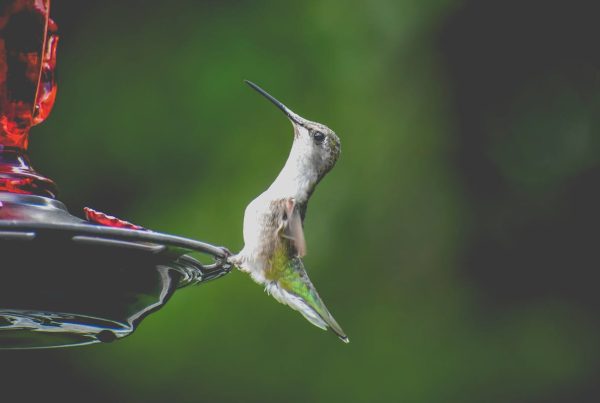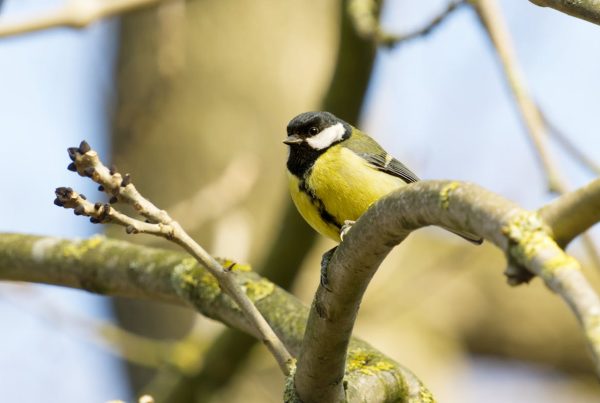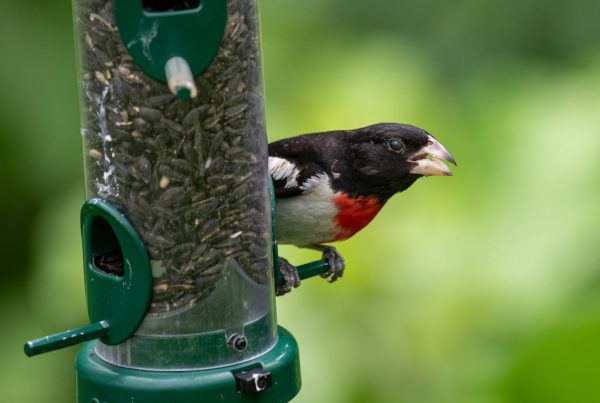
Pileated Woodpecker
The pileated woodpecker is a large black woodpecker that is native to North America and the third largest woodpecker species in the world after the great slaty woodpecker and the black woodpecker. Known for its bright red crown and the oblong holes it chisels in dead trees searching for insects, the pileated woodpecker is a more common sight across a wide area but, like the red-bellied, its numbers are growing.
🐦Bird Presentation-Pileated Woodpecker:
It has a mostly black body, white stripes along the face, a flaming-red crest on the head and a long, chisel-like bill. Males and females look alike, but the male has a red line down his cheek and the female has a black line—easy enough to spot if you can look closely at them! (Pileated Woodpeckers are the most commonly found in mature forests and tap large rectangular-shaped holes in trees with their powerful bills. They use their bills to probe for insects, primarily ants and wood-boring beetles, as well as fruits, nuts and seeds.
📝Basic Info:
- Scientific Name: Dryocopus pileatus
- Lifespan: 12 years
- Size: 16 to 19 in
- Weight: 8.8-14 oz
- Wingspan: 30 in
🌎Pileated Woodpecker range and habitat:
The breeding range of the pileated woodpecker/owls includes woodland regions of Canada, the eastern United States, and portions of the Pacific Coast. This bird especially favors older forests and dense parks and generally favors mesic habitats with large, mature hardwoods. They live in extensive tracts of forest, yet they are also found in small woodlots that contain several tall trees.
Restoration work that gets rid of invasive honeysuckle and buckthorn seems to be good for the pileated woodpecker. The clearing away of brush and shrubbery enables them to forage on the ground and in the lower stratum.

Pileated Woodpecker
🌳Pileated Woodpecker in our back yard:
Pileated Woodpeckers will occasionally come to backyard bird feeders, most often for suet.
🪺Pileated WoodpeckerBreeding:
In terms of nesting, Pileated Woodpeckers prefer to nest in dense, mature forest. Nest cavities are bored out 15-70 feet high in a dead or rotting tree. The nest site is chosen by males, although both sexes are involved in the excavation, with males doing most of the work.
Boreal Owls and Wood Ducks may utilize these large cavities in subsequent seasons. The average clutch size is 4 eggs, with 3-5 eggs laid in total (white in color). Both males and females incubate the eggs for 15-16 days. Both male and female participate in feeding the nestlings, who spend 24-28 days in the nest.










